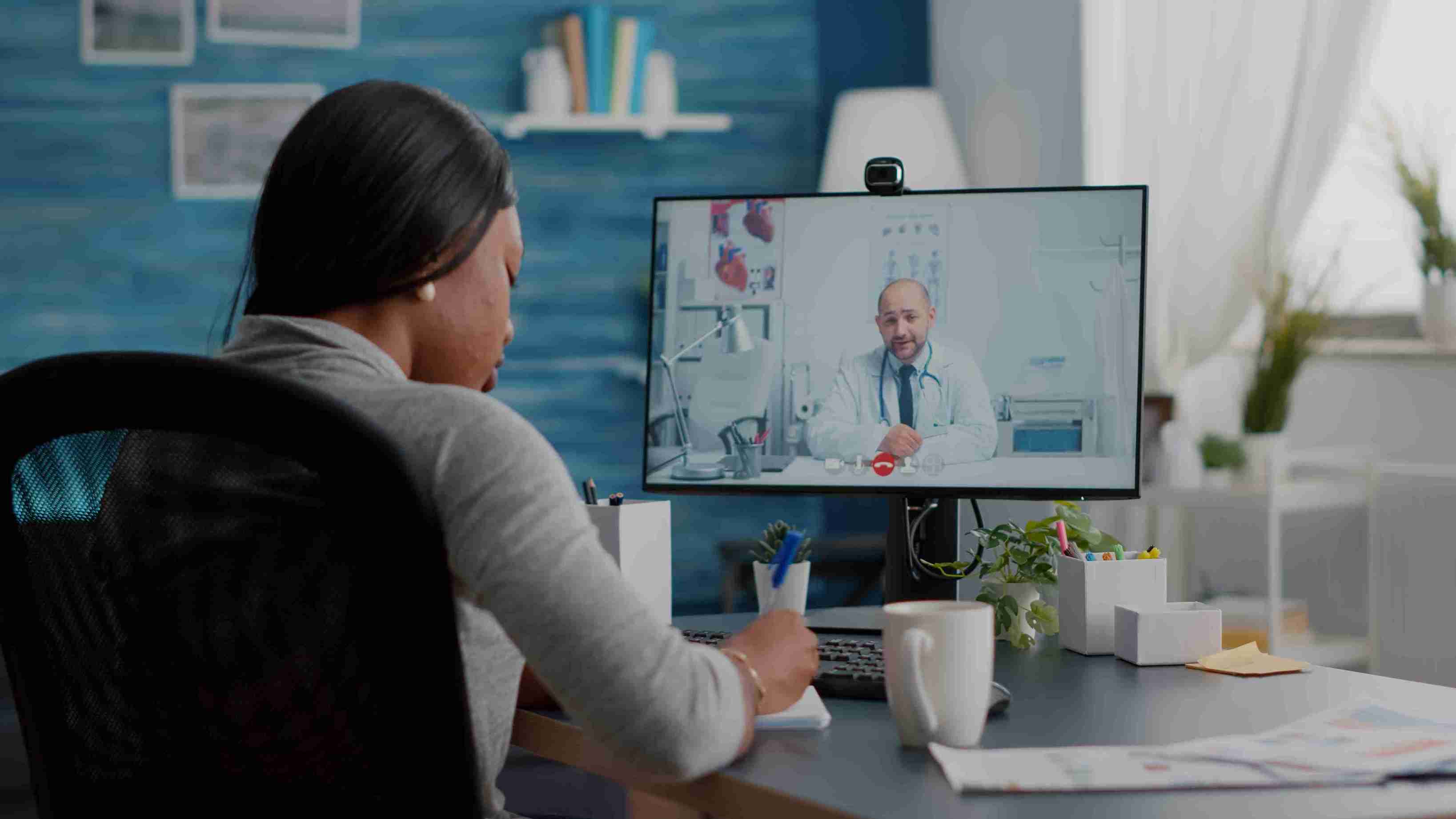
As healthcare faces rapid advancements in technology and patient care practices, the demand for flexible, cutting-edge education is growing. Digital platforms are at the forefront of this transformation, reshaping how healthcare professionals learn, refine their skills, and stay up-to-date with the latest developments. With innovations such as e-learning, virtual simulations, and AI-powered education, digital platforms are enabling more accessible, efficient, and personalized learning for healthcare providers worldwide. Here’s how these technologies are driving the future of healthcare learning.
E-learning platforms are revolutionizing how healthcare professionals can access education. Through digital courses, videos, and interactive modules, healthcare providers can study at their own pace and revisit materials as needed. This approach is especially helpful for working professionals who may not have the time for traditional, in-person classes.
Key Advantages of E-Learning:
Virtual Reality (VR) and Augmented Reality (AR) are creating immersive training experiences that offer a safe environment for healthcare professionals to practice procedures, explore anatomy, and simulate real-life patient interactions. This hands-on approach, without the need for a physical lab, is particularly valuable in surgical training and complex medical procedures.
Applications of VR and AR in Healthcare Learning:
Artificial intelligence (AI) is transforming education by creating personalized learning paths tailored to each learner’s strengths, weaknesses, and pace. By analyzing data from quizzes, exercises, and interactions, AI systems can recommend specific modules or offer targeted feedback, helping learners focus on areas that need improvement.
Benefits of AI-Powered Learning:
One of the challenges in healthcare training is bridging the gap between theoretical knowledge and real-world application. Digital platforms with simulated patient cases allow students to apply what they’ve learned in realistic, controlled scenarios. This helps them build both clinical skills and the soft skills necessary for patient interaction.
Key Aspects of Simulated Learning:
Mobile learning platforms are gaining popularity, providing healthcare professionals with access to courses, podcasts, and microlearning modules directly from their smartphones or tablets. This portability is ideal for busy schedules, allowing learners to study during short breaks or commutes.
Advantages of Mobile Learning:
Gamification, or incorporating game-like elements into learning, has been shown to boost engagement and motivation among learners. By turning learning objectives into achievements, levels, and challenges, gamification can make training more interactive and enjoyable, which is especially useful in healthcare where content can be dense.
Elements of Gamification in Healthcare Learning:
Data analytics is a powerful tool in digital healthcare learning. By collecting and analyzing performance data, educators and learners alike can identify knowledge gaps, track progress, and understand learning patterns. This data-driven approach helps ensure that training is both effective and aligned with each learner’s goals.
Applications of Data Analytics in Education:
The shift to digital learning platforms in healthcare is making education more accessible, efficient, and tailored to individual needs. As technology advances, so will the ability of healthcare professionals to stay skilled and responsive in an evolving field. By embracing tools like e-learning, VR/AR simulations, AI-driven personalization, and mobile learning, healthcare providers are well-equipped to deliver high-quality care with knowledge that’s always up-to-date.